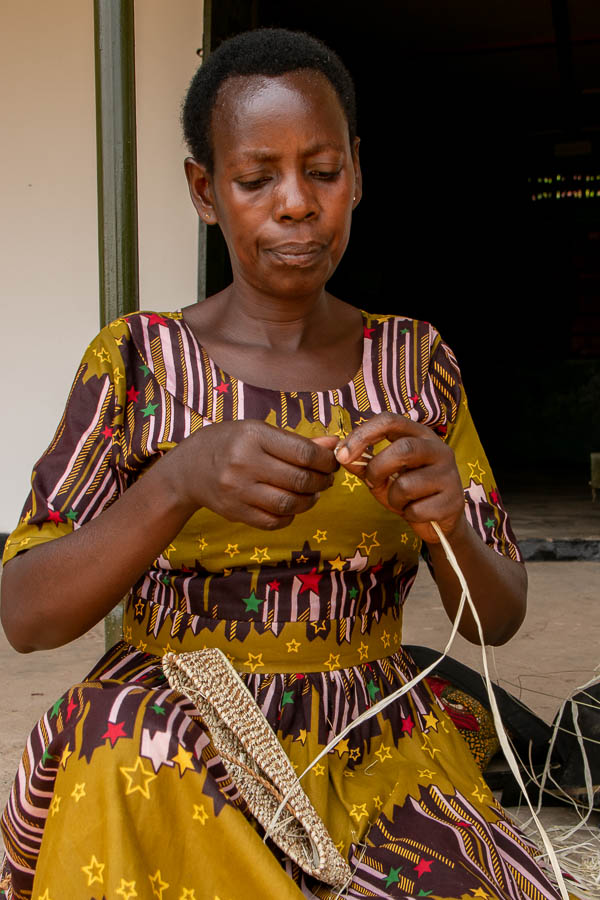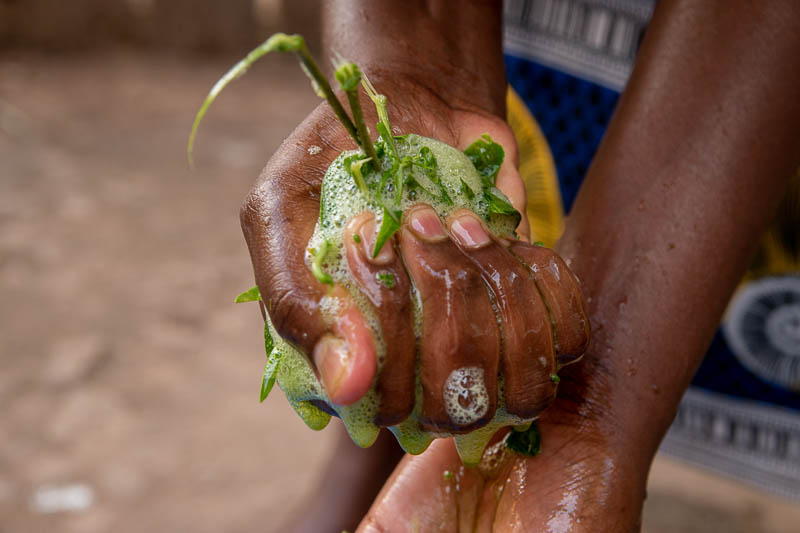We strive to create products that leave the world in a better place than when we started.
Seeds & Stories deeply cares about its makers, people within its community, and the planet. We place artisan work and quality craftsmanship above mass production and meaningless consumption.
We create unique, stylish, and timeless fashion items for women that want to make a difference. By shopping with us you can help reduce poverty and regenerate the natural environment in rural Uganda.
Give Artisans a Voice
Provide Training & Education
Build Resilient Communities
 Seeds & Stories is a women-led social enterprise based in Bigodi, a rural village in Western Uganda, that uses fashion as a tool for women empowerment and environmental regeneration. We believe the fashion industry can be transformed into a driver for social and environmental change.
Seeds & Stories is a women-led social enterprise based in Bigodi, a rural village in Western Uganda, that uses fashion as a tool for women empowerment and environmental regeneration. We believe the fashion industry can be transformed into a driver for social and environmental change.
Our group of local women artisans are the heart and soul of our brand. Each Seeds and Stories product is made from a combination of innovative materials, modern designs, and techniques passed down through generations. Our artisans are empowered to use their skills to create beautiful products, while preserving their cultural heritage and representing their region. As a result, our fashion items are an expression of the creativity and talent of their makers. We honour this practice by telling the story of each artisan in every product that is purchased.
Since all of Seeds & Stories' products are made in house by our artisans, we are deeply involved in every step of an item’s creation, from farming to packaging. Clients can be sure that all of our fashion items are ethical, made in harmony with nature, hand-dyed and handcrafted, vegan and made to last.
We carefully choose our materials so we can meet our environmental values and goals. Our commitment is demonstrated by using materials that are either biodegradable, reused, or recycled. We invite our clientele to participate in this process, by providing them with information on how to extend the life, repair, repurpose, or compost our items.
